To kick off 2022, we’re going to take a three-part, in-depth look at technology trends for the coming year. In part one, we’ll dig into remote working tools and security needs for accounting professionals.
For financial professionals and organizations in the sector, technology is creating opportunities and threats in a changing workplace. The tech industry—and the solutions that it spins out—continued to grow at record pace in 2021. Adopting and leveraging these new technologies is paramount to your success. That’s true for organizations and workers; both need to be constantly learning and adapting in order to remain relevant and competitive.
Remote employees are here to stay
Over the last two years, we’ve seen an acceleration of the pace and adoption of certain types of technology. The driver, of course, is the seemingly never-ending Covid-19 pandemic. But once the pandemic subsides, don’t expect that business will return to the way it was done prior to 2020. Covid simply took already emerging trends and launched them into overdrive.
For example, the percentage of remote or hybrid (sometimes in the office, sometimes working from home) workers had been steadily rising for the past decade. Now that most workers have had a taste of remote work, 80% say that they want to work from home at least some of the time. On top of that, 30% say they will quit if forced to return to the office. The genie is out, so you can toss away the bottle.
Most companies understand this: 79% of companies expect to have a hybrid workforce going forward. But there are still some resistant to this change. If you want to compete for talent, you’re going to have to get on board, or be prepared to pay significantly more in order to attract new hires.
Thankfully, working with a remote workforce is relatively easy today. It requires some new technologies, a plan, and investment in areas like in conferencing solutions, documentation and co authoring tools, security, and more, but it’s easily achievable. Below I’ll outline some of my favorite tools to use to manage a dispersed workforce.
Digital conferencing & collaboration tools
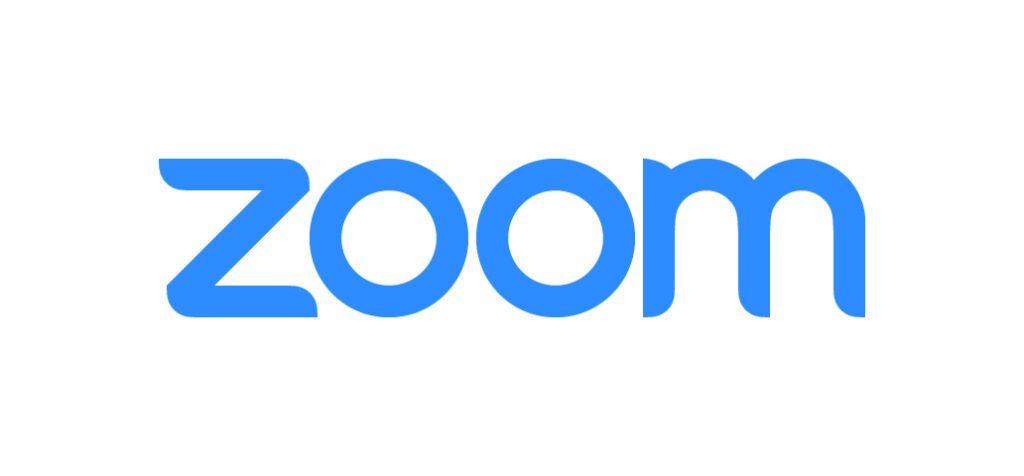
Zoom
It’s the monster in the industry, who outpaced all competitors when digital interactions were all any of us were getting way back in 2020. I recommend using Zoom for business as well, as it’s stable, supports different devices, and at this point basically everyone knows how to use it. Why make everyone learn something new if you have an effective tool they already understand?
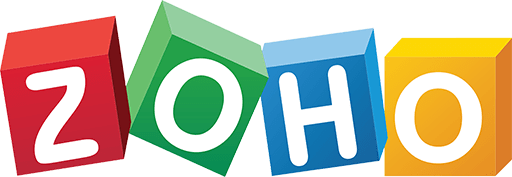
Zoho Meet
It’s a good idea to have more than one video conferencing solution, just in case a platform is down or an outside user is unfamiliar with the one you primarily use. Zoho Meeting is one of my favorite Zoom alternatives, as it provides the capabilities you’d expect from a video conferencing solution, but also integrates with the entire Zoho Office Suite that includes word processing, spreadsheets, presentations, databases, note-taking, project management, and more.
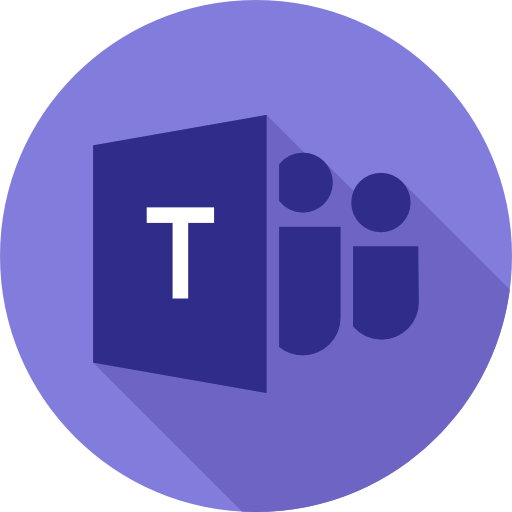
Microsoft Teams
For internal company conferencing and much more, this is my go-to. I teach an entire series on how to use various aspects of Teams because I like and utilize their solutions so much. Aside from video conferencing, Teams includes an array of ways to collaborate with people within your organization. It’s fully integrated with Microsoft Office, allows you to work on documents in real-time with others, includes file hosting and sharing, and much more.
Workflow tools
Keeping everyone on track and in the loop in the office is hard enough. So most companies, even before the pandemic, were adopting workflow solutions. With a remote or hybrid workforce, workflow tools become even more important. Basically, they offer organizations a way to create and maintain repeatable processes in areas like information sharing, project progress and completion, management and approval, oversight, and reporting. It’s your digital path to quality assurance.
There are a ton of options out there for workflow apps. After trying out many, my three favorites are Asana, Trello, and PATH.
Asana
Asana is very easy to use, with good design and a highly functional mobile app. It allows you to easily set up projects, assign tasks, finish and move on assignments, and set up templates to easily repeat processes in the future. Asana’s free version is enough for some companies, but their paid plans allow you to create custom templates, get Jira cloud and server integration, salesforce integration, and many other capabilities.

Trello
Trello is similar to Asana in that it connects teams on projects, includes task assignment, and templates. But it goes about it in a different way. Essentially, it’s a Kanban style of management system, which is highly visual and includes moving items across a screen to assign or indicate completion. It also includes both free and paid versions, depending on the level of functionality and customization that your team needs.
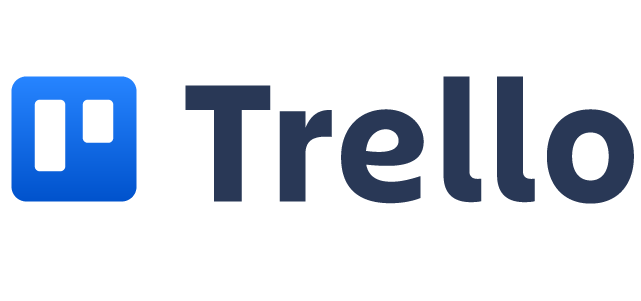
Path
While both Trello and Asana work for teams in almost any sector, PATH by Simplex Financials is geared directly towards accounting professionals and business owners. It features a dashboard to see key business insights in real time and allows you to collaborate, set goals, and track key indicators with advisors, accountants, and clients. A major bonus for PATH is that it integrates with QuickBooks to save you time and effort.
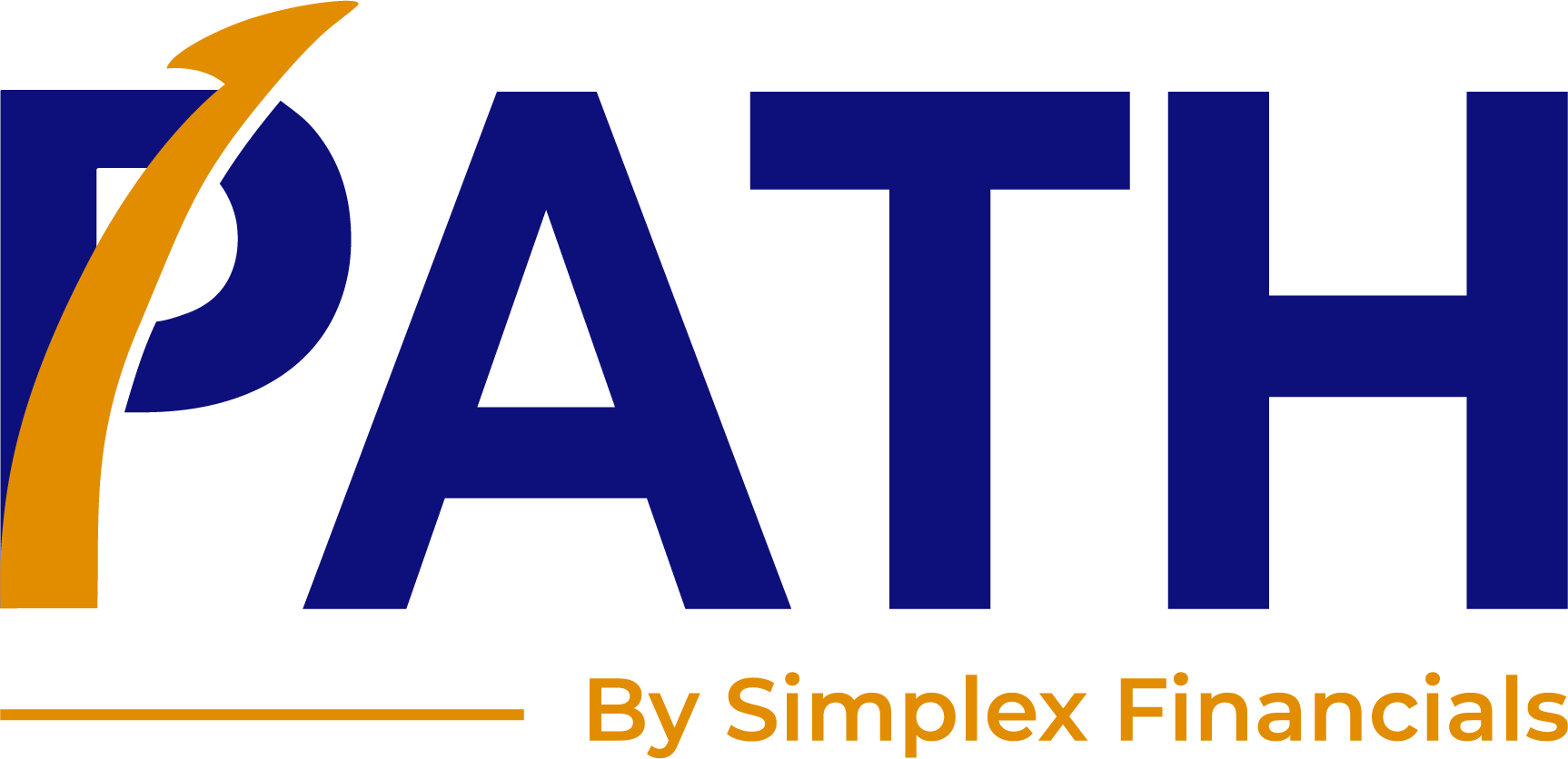
Professional employer organizations (PEOs)
Owning and running a small- to medium-sized business (SMB) is incredibly time consuming. Building and scaling different departments within your company has to be planned and executed at the right time. For many of us, a professional employer organization can fill the void as an outsourcing firm to take care of a variety of functions without hiring an entire department internally.
PEOs handle tasks related to HR, safety and risk consulting, payroll processing, tax filing, workers comp insurance, health and retirement benefits, training, compliance, and more. When you hire a PEO, they become the employer of record (EoR) and file your taxes under their own tax identification number and negotiate and handle health insurance plans, both of which take a significant workload off of a business owner’s plate.
I’ve searched for the right PEO for some time now to use for my own company and have tried out dozens of solutions. The best, by far, is Justworks, and we use their services today. They take care of our hiring and onboarding for remote employees. JustWorks has great tools for HR, compliance, retirement plans, and healthcare. Their fees are very reasonable and pale when compared to the amount of work they take off of our plate.
We’ll start with something you should already know: A comprehensive security plan is an absolute must. Rather than focus on all aspects of security, here we’re going to take a look at ransomware, which is a growing threat in cybersecurity.

In 2021, the frequency of ransomware doubled, and it now accounts for 10% of all breaches. In just the first six months of 2021, the U.S. Treasury’s Financial Crimes Enforcement Network (FinCEN) estimated $590 million in ransomware-related activity. From a public consciousness standpoint, ransomware really burst onto the scene with the Colonial Pipeline attack, which caused major fuel supply disruption in the Eastern U.S.
Most companies currently pay hackers’ ransomware demands, because it’s cheaper than the alternative of a long shut down, and decrypting your systems takes a considerable amount of time. But that could change. In Congress, a bill has been introduced that would make it illegal to pay ransomware demands without U.S. government approval. It currently faces an uphill battle to pass into legislation, but should be monitored by companies.
So, what can you do to prepare for an increase in ransomware attacks in 2022?
From an organizational standpoint, it boils down to three essential practices.
- Design your systems with security first in mind.
- Train your organization to recognize threats.
- Have an incident response plan.

Security-first systems
We could go really in-depth here, but this is primarily a directive that management needs to pass down to IT departments or outside vendors supplying IT solutions. Decision-makers need to make it clear to developers and IT staff that whatever solution the company selects, it needs to be built with security first in mind. This includes everything down to the granular level of the application programming interfaces (APIs) you use to integrate tools to your system, as they present possible entry points to your system for would-be wrongdoers.

Train your people
While some ransomware attacks are incredibly sophisticated, most are completely avoidable. Phishing is still a preferred tool for hackers, but it shouldn’t be as successful as it is. Training employees on how to recognize potentially malicious emails and what to do in case one is opened can avoid many unwanted consequences.
One of the best ways to train your company is to phish all of your users with a non-malicious phishing tool. Basically, you can use a service to send out suspicious looking emails similar to those that hackers use, and then see who opens, who clicks, and then train accordingly.
KnowBe4 is an excellent service to do just that, with a tool to simulate attacks, reporting, stats, and graphs on user interactions, and training and tips to further educate users. The Sans Institute is another option, with training for your organization on all aspects of security. They provide online and in-person seminars, as well as podcasts, articles, and resources for staff, HR, and policies for IT departments.
Have an incident response plan
Even if you’ve done everything right, there’s still an outside chance you could be the victim of a ransomware attack. But if you’ve developed a response plan prior to it happening, you can significantly limit the damage.
An effective incident response plan includes network ransomware containment design, reliable system backups both online and off, decryption tools, insurance to cover attack costs, and a budget for attacks. By doing all of this on the front end, you can significantly limit the impacts—both in time and money—of an attack on your organization.
Technology moves fast. You need to keep up to date.
The changing nature of how and where we work—as well as increased threats from online actors—require you to keep learning, adapting, and adopting. Thankfully, tools and solutions are constantly coming out to improve your ability to handle the changing nature of business. Online workspaces, collaboration tools, and security strategies are just the beginning of what to keep in mind moving into 2022. In part two of this series, we’ll dig into three more issues: Implementing a virtual office, leveraging the Internet of Things (IoT), and next-gen paperless tools.